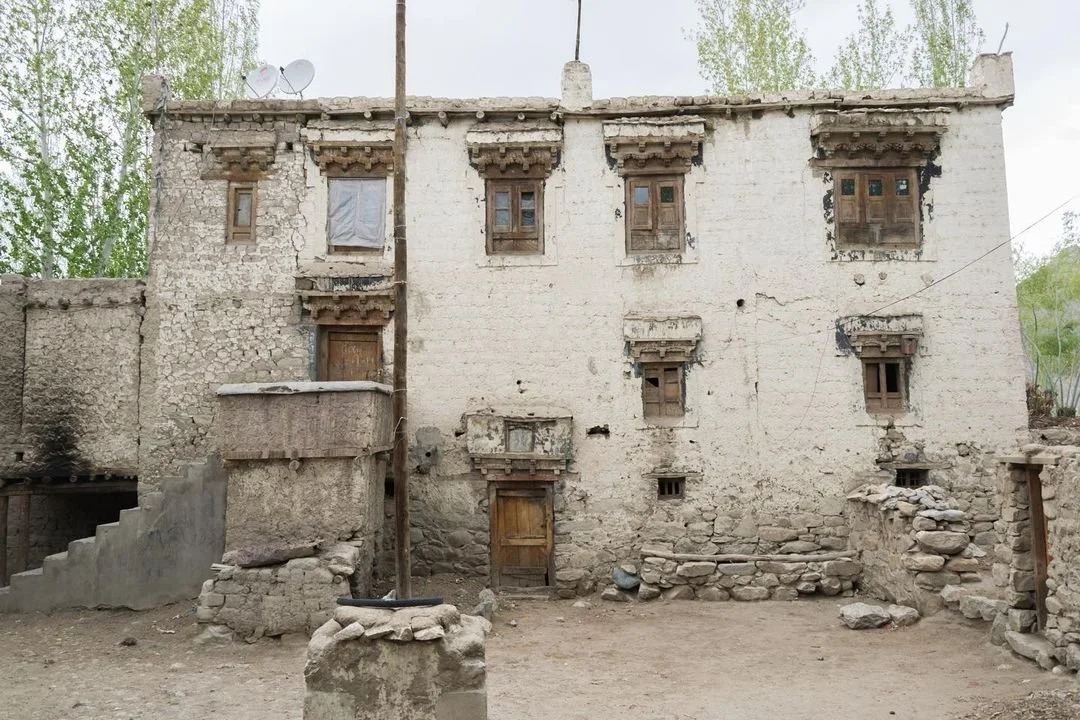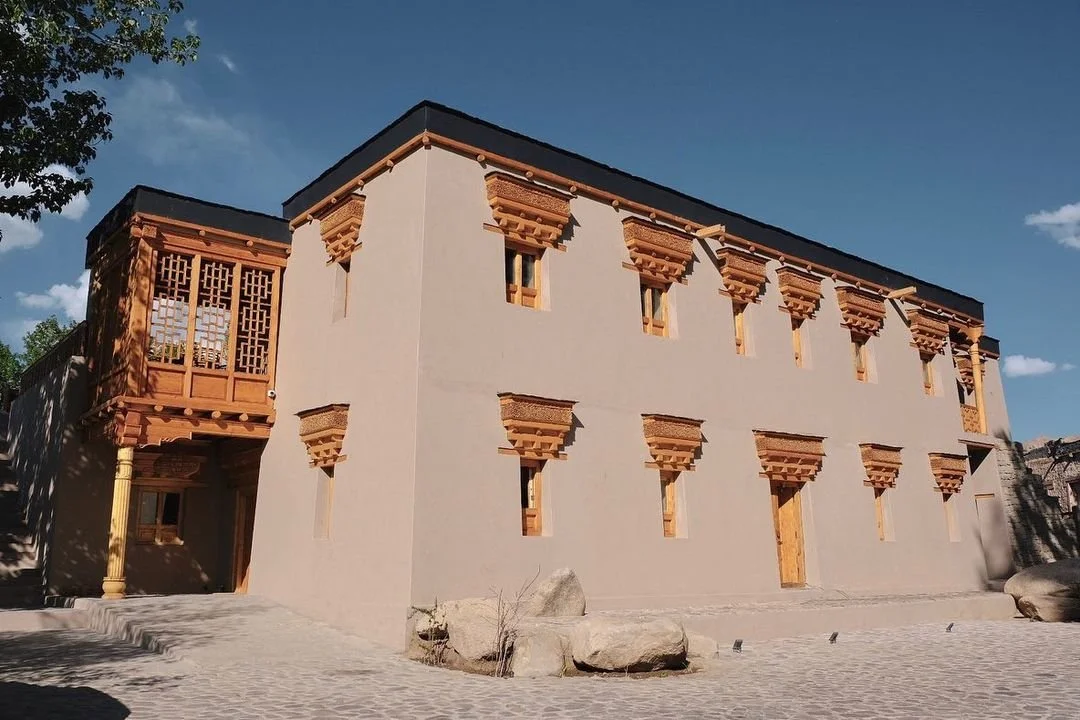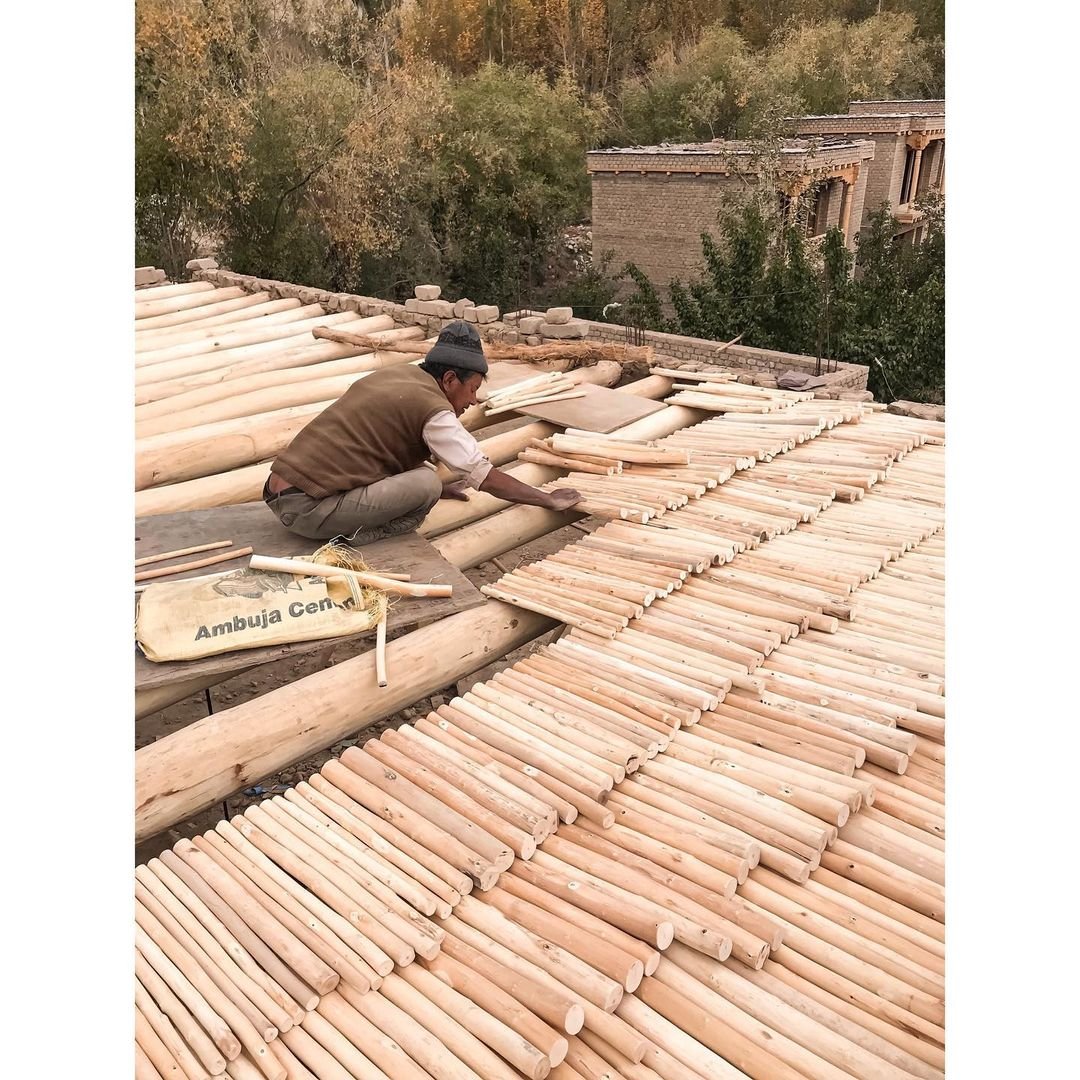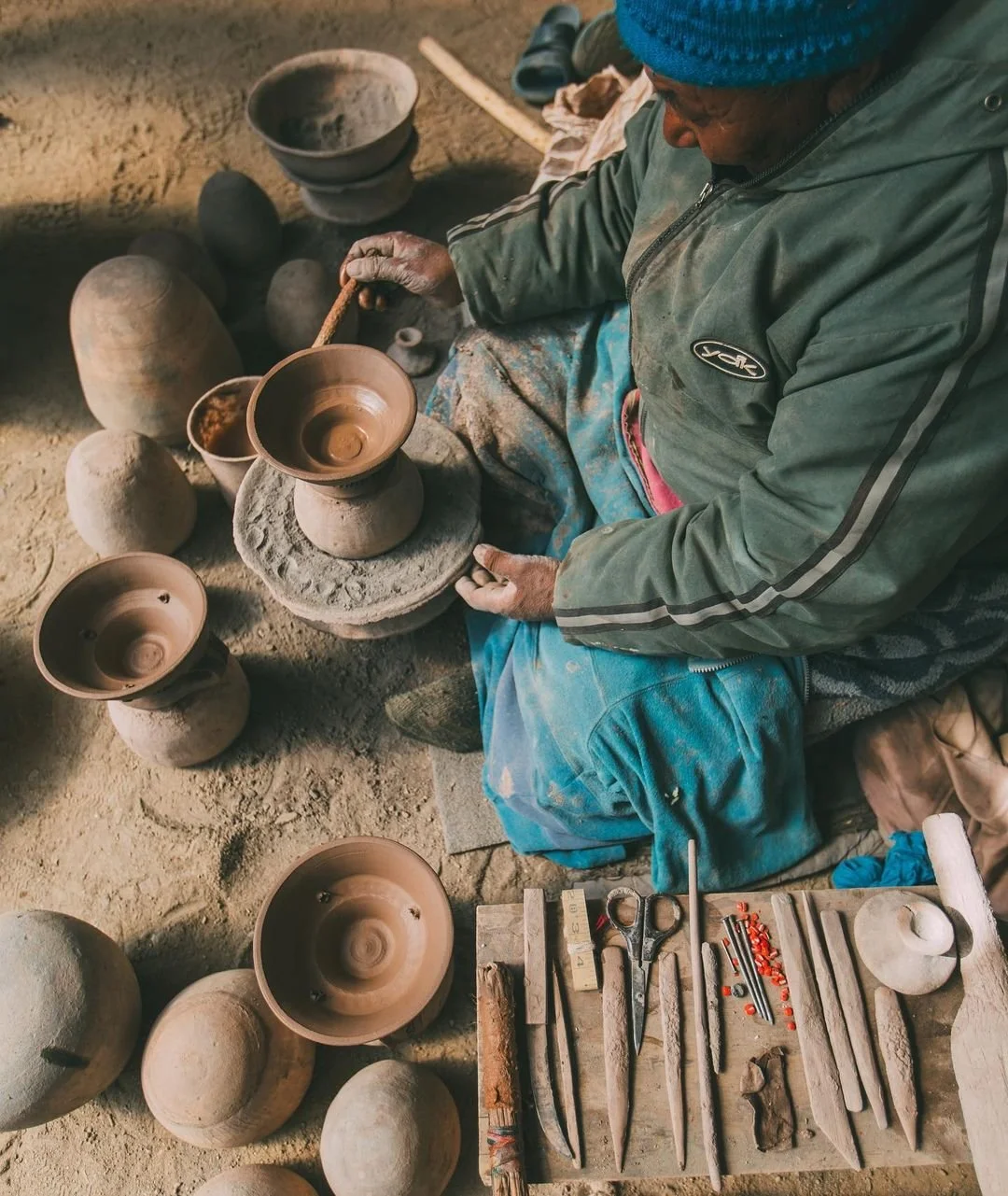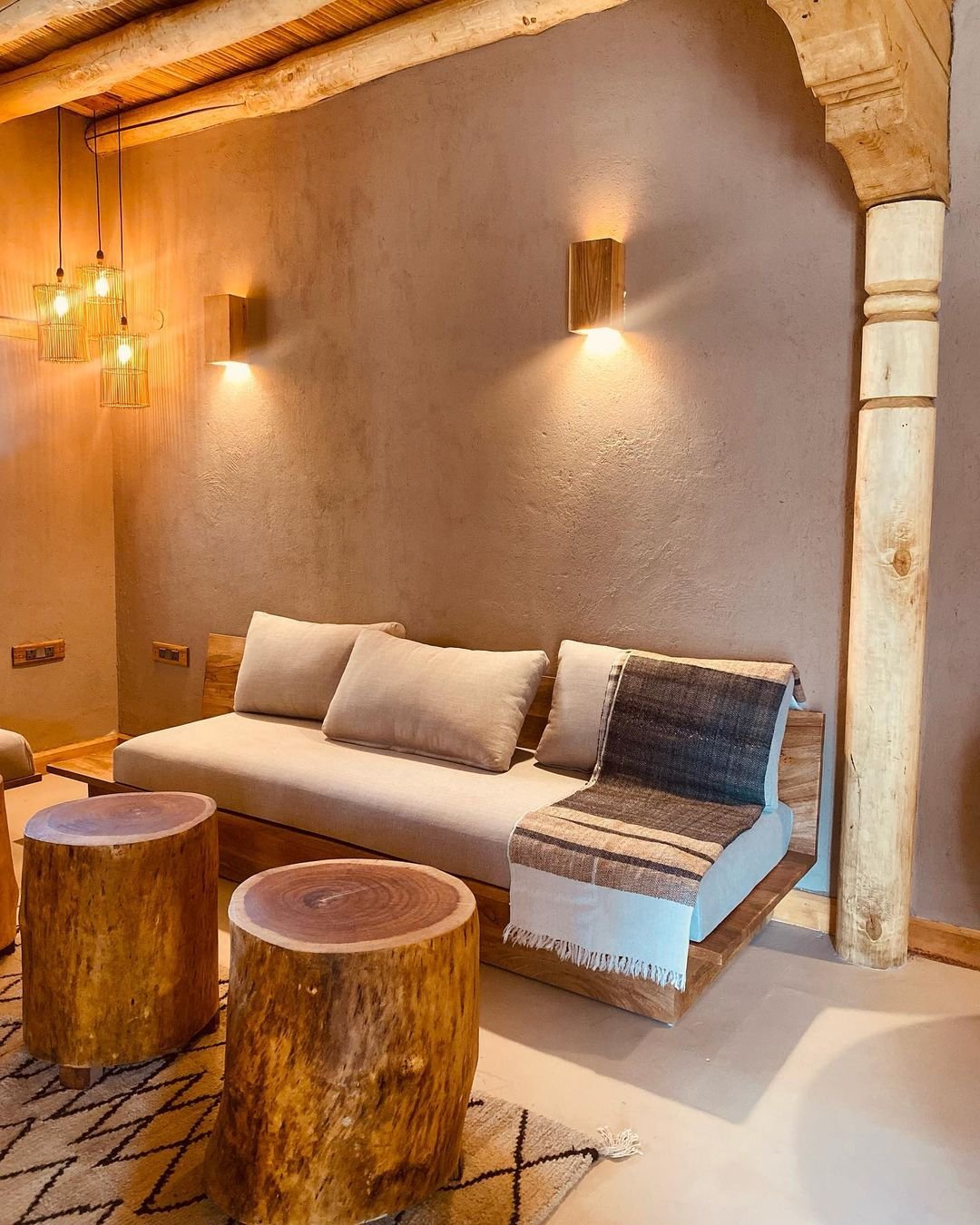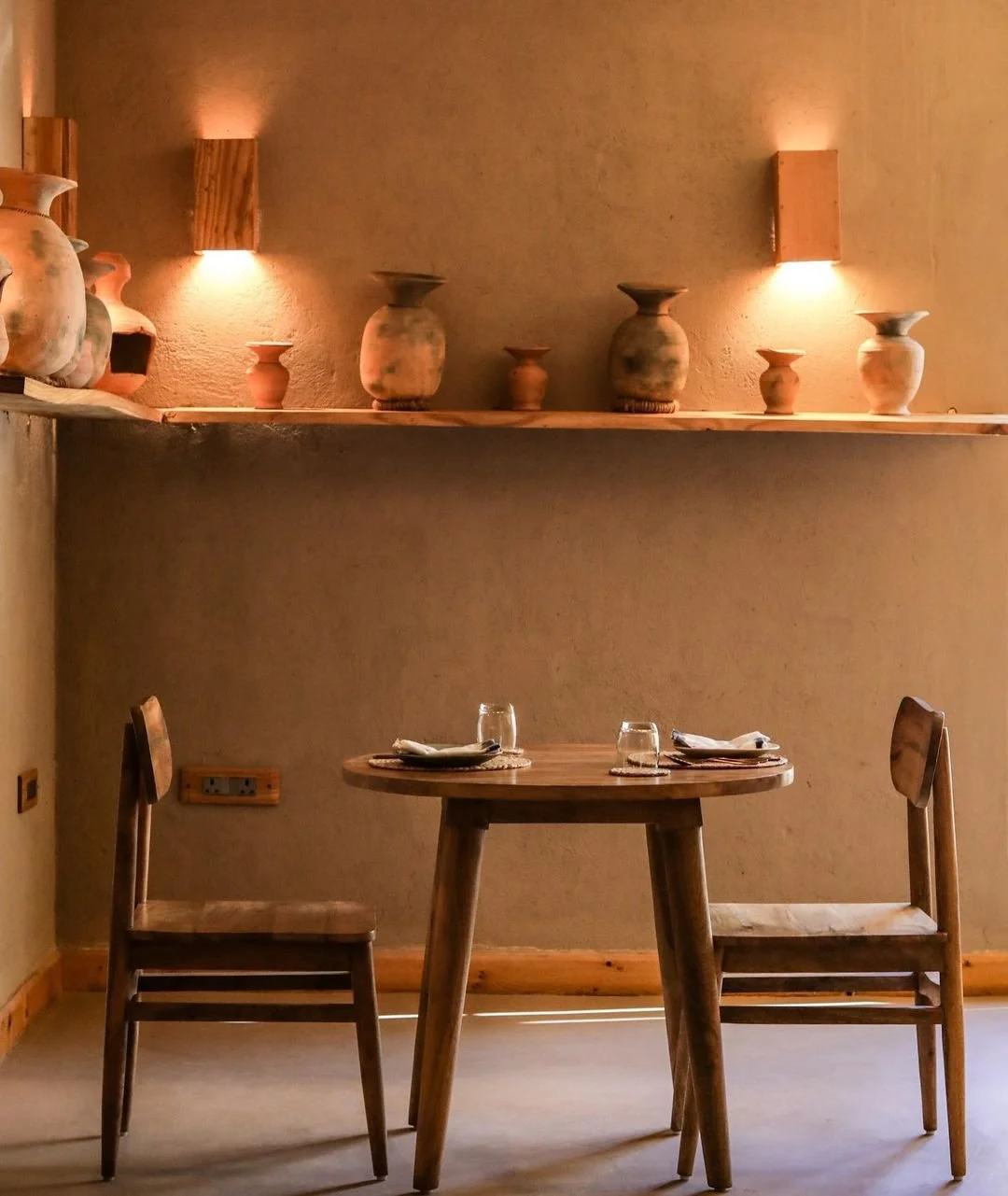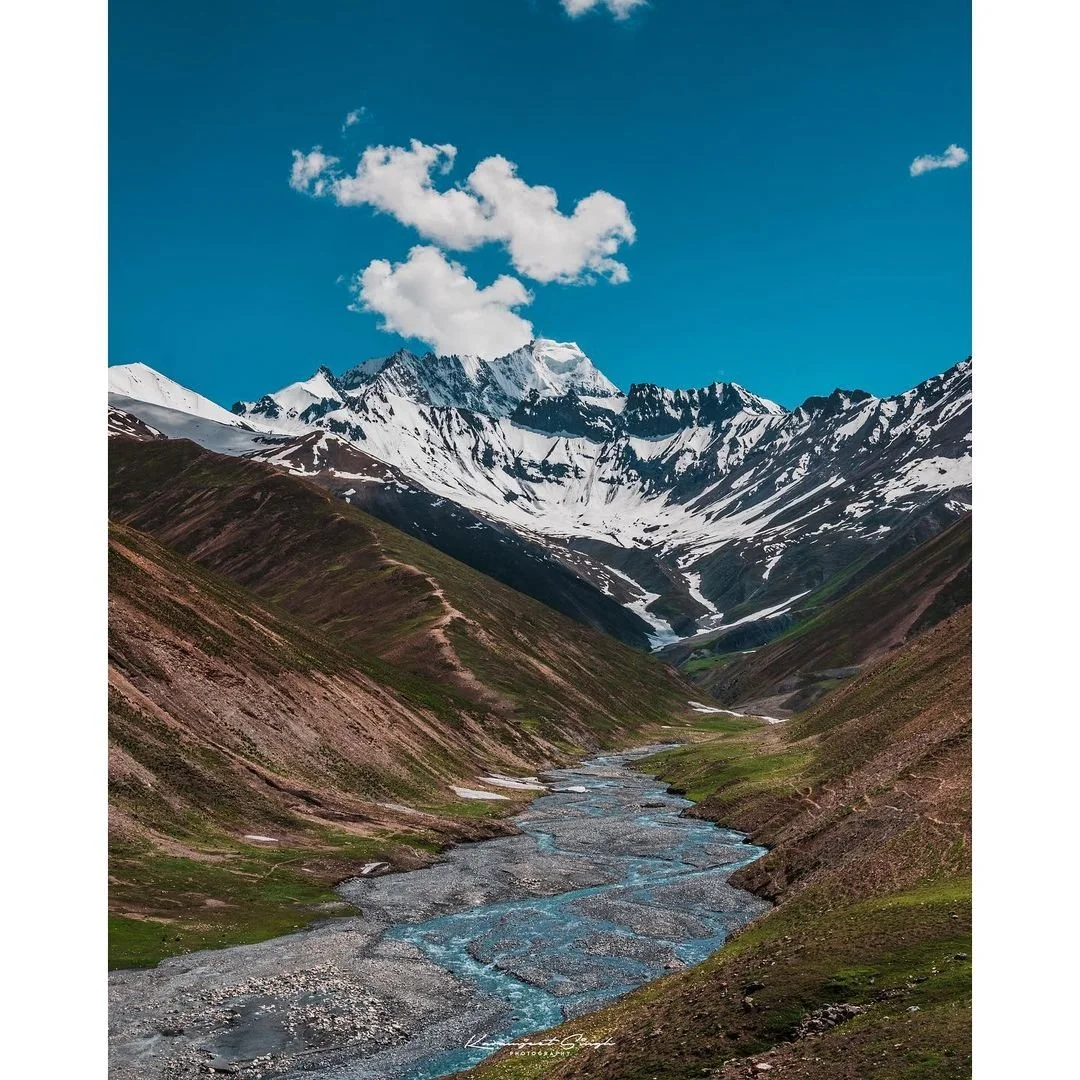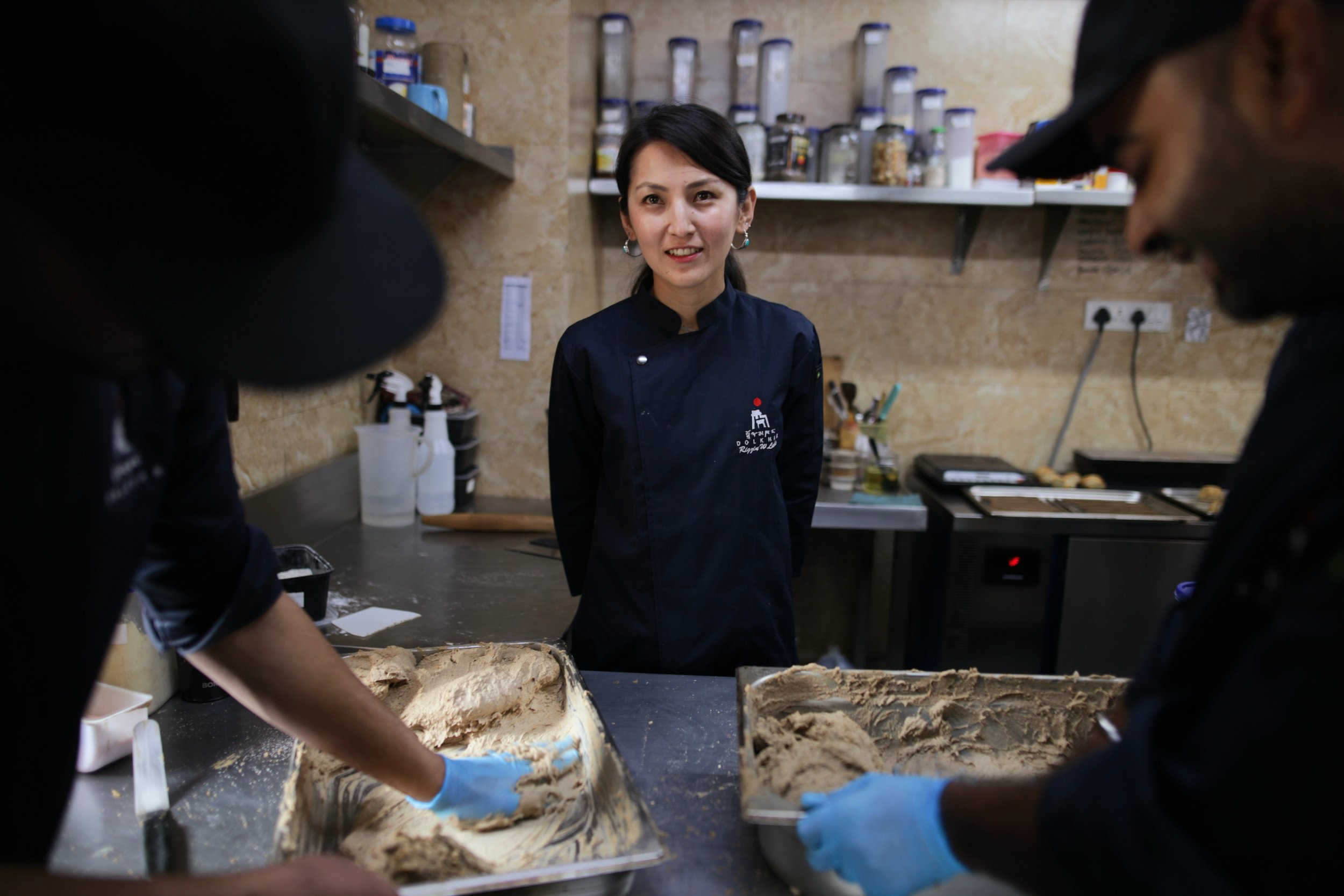Rigzin Lachic: Redefining Sustainable Luxury Hospitality in the Indian Himalayas
Written by: Jeremy Tran
Rigzin Lachic's journey back to her ancestral homeland in the mountainous Union Territory of Ladakh in the Indian Himalayas when her grandmother passed away was a life-changing experience.
After years of living away and working in the IT sector in Tokyo and Delhi, Lachic felt a deep calling to contribute more and reconnect with her identity when she returned home.
Driven by a deep respect for her ancestor's homeland, its people, culture, and practices, Lachic embarked on a remarkable mission. She built Dolkhar, a boutique stay as a manifestation of Ladakh's essence, traditions, and local initiatives, standing in contrast to the modern buildings rapidly dominating the region's development. The hotel not only reflects her personal journey but also serves as a nod to Ladakh's rich history and cultural heritage.
Lachic's vision goes beyond creating a beautiful hotel. As the General Secretary of the All Ladakh Hotel and Guest House Association, she is on a mission to transform tourism and make it an active player in the climate action movement. Her goal is to protect the region's natural resources that are essential to 1.4 billion people living in the Indian subcontinent.
In this exclusive interview with ASTB Asia's Sustainable Travel Changemaker, Rigzin Lachic, we learn about her inspiring story and how tourism can play a pivotal role in shaping a sustainable future for Ladakh.
Her journey is a testament to the power of personal connections, resilience, and the profound impact of returning to one's roots.
Hello Lachic, what first got you interested in hospitality and sustainable development? Who or what inspired you?
When I came back to Ladakh in 2017, I knew hospitality was the backbone of its economy. Not having been home for a long time, I had a newfound appreciation for the Ladakhi way of life - the slow and thoughtful movement of every day rooted firmly in respect for all life.
I was particularly moved and inspired by the ways our elders see and implement sustainable solutions effortlessly and organically. It made me realize the importance of the re-adoption of traditional and intrinsically sustainable practices given the rapid development of tourism.
Once I recognized how passionately I felt about this, venturing into hospitality with a sustainable development framework only felt natural.
What have been your top two to three memorable moments of your entrepreneurial experience so far?
Craft, unfortunately, is often undervalued by artisans in societies that don't prioritize artistic expression and handmade goods.
When I first approached the artisan women of Kharnakling about showcasing their work at my hotel, they did not believe their pieces were "modern" enough for tourists or locals.
Kharnak is a nomadic village in Ladakh's Changthang plateau. They rear livestock (sheep, goats, cows, and yaks) as a way of life. While many of them are skilled in crafting and weaving and create elegant and warm fabric from the wool of these animals, the population of artisans in Kharnak has decreased as many have moved to Leh for “a better life.”
Their migration has led to a decline in skilled artisans. Some have settled in Kharnakling near Leh and the women there are reviving the culture by weaving rugs, carpets, and bags. That way, they maintain a connection to their home while making a living with their skills.
When Dolkhar was completed, I invited the women to see their pieces on display. I still remember seeing their perceptions change as they vocalized their surprise!
That joy is memorable but the journey isn’t all rainbows and sunshine.
I also remember feeling lost in navigating the intricacies of living in a small community. While Dolkhar was being built, I faced some resistance from locals who were not used to seeing a woman living alone near a construction site. I learned that it could be difficult to differentiate whether people genuinely did not understand what I was doing or they were actually doubting me.
Fortunately though, seeing Dolkhar as it is today, people have come around, they appreciate what it all amounted to, and having done this in my way makes this an achievement in and of itself.
Another very fond memory of mine was when I reconnected with a long-time friend with whom I said I would work on sustainable construction. Eight years later, a wish came true when we worked together to build Dolkhar!
Photos by: Dolkhar
What is the secret sauce (aka unique selling points) of Dolkhar?
We built Dolkhar from a place of deep respect for Ladakh - its people, culture, and practices. I believe this holistic way of operation from a Ladakh-centric lens is the only way forward. Currently, the approach is unique to Dolkhar and very few others but I hope Ladakh’s tourism sector will soon adopt this philosophy.
Being a small boutique stay with seven villas allows us to be meticulous – paying attention to each guest as we make them feel as at home as possible.
We built Dolkhar using locally sourced materials and techniques of construction by collaborating with over forty Ladakhi craftspeople. Our focus on community and sustainability is embodied in each villa, which represents Ladakh and is meticulously designed to make guests feel at home. Our structures are made from compressed stabilized earth blocks (CSEB), local willow and poplar wood, and traditional columns and beams for structural support. The whole developmental process aims at creating a zero-waste and zero-plastic ecosystem.
Our CSEB structures serve as passive solar and allow us to be open year-round, giving our guests the opportunity, not only to see all our lakes and rivers in all their blue and green summer glory but also the beautiful blossom season in spring, the slow movement of poplar shedding in autumn and the breathtaking wildlife tours during our favorite winter months!
We have curated unique guest experiences that showcase the off-the-beaten-path of Ladakh, in its most authentic form such as immersive craft workshops, Himalayan brown bear tracking, hikes across silent villages, snow leopard sightings, and birding.
Lachic’s ancestral home before renovation
I was particularly moved and inspired by the ways our elders see and implement sustainable solutions effortlessly and organically.
It made me realize the importance of the re-adoption of traditional and intrinsically sustainable practices given the rapid development of tourism.
Lachic renovated her ancestral home and turned it in into a boutique stay. She named it 'Dolkhar' in the honor of her grandmother.
Photos by: Dolkhar
What are the top two to three challenges you hope to solve with your business?
Hospitality is the backbone of Ladakh’s economy and offers employment to many. This leads to a saturated market of options for travelers. This also presents a challenge in portraying Ladakh as a high-value destination with a focus on its cultural significance beyond monetary value.
At the same time, there is a pressing need to reduce consumption and preserve natural resources. At Dolkhar, we have made significant strides in creating a zero-waste ecosystem, using natural building materials, and implementing passive solar heating techniques.
However, we are constantly trying to innovate to reduce our carbon footprint to the best of our ability and we will not stop till we reach zero!
Additionally, for us, empowering local artisans to see the value of their skills, encouraging them to strive for refinement, and presenting their work as an art of great value has also been particularly challenging.
We have also recently begun supporting other entrepreneurs in the region by showcasing their produce at our restaurant. Currently, we sell some local herbs, spices, and tea blends that allow guests to take home with them a little piece of the valley!
In your view, what meaningful change do you hope to see for Ladakh’s tourism industry? Are there any stories from your work at Dolkhar that illustrate how sustainable and regenerative travel make a positive impact on people's lives - guests, community, partners, or suppliers?
Ladakh's breathtaking landscape offers unparalleled beauty, but most of it remains inaccessible to the general public due to the current tourism model centered around only ten odd destinations. To bring about meaningful change, we believe a decentralized model tailored around a conscious traveler is ideal.
At Dolkhar, we have already adopted this model and have seen a positive impact on the surrounding communities. Initiatives promoting local craft and artisans, organic farming, and cultural pride have taken root. We've also noticed that when travelers choose a culturally immersive and environmentally conscious experience, they leave with a sense of satisfaction and empowerment to continue making conscious choices.
As our guests leave Dolkhar, we hope this slow and conscious approach will become a takeaway for every traveler visiting the valley.
Looking ahead, what do you see for the future of sustainable travel in the Indian Himalayan region?
The Indian Himalayan region (IHR) is a part of the Hindu Kush Himalayas (HKH), also known as the “third pole” of the world. Despite contributing to a minuscule portion of the world’s carbon footprint, it has been heavily impacted by global warming. The HKH assessment report states that capping global warming at 1.5 degrees Celsius will still mean a higher rate of warming for the region throughout this century.
Around 1.4 billion people depend on the region’s ecosystem for irrigation, power, and water, but the glaciers on which they rely are rapidly receding. The immediate impact of this has been evident in untimely snow, rains, and flash floods over the last decade.
Although tourism is often blamed for environmental degradation, it is the main source of livelihood for people in this valley and the driving force behind conservation efforts. In my view, globalization is inevitable, but sustainable tourism practices rooted in respect for the ecosystem, environment, and local culture are essential.
We need to embrace traditional practices and build a model that is centered on conscious tourism to bring about meaningful change in the current system.
By doing so, we can help drive the economy of Ladakh and the Himalayan region while preserving their fragile ecosystem for future generations.
Photo by: Karamjeet Singh
Although tourism is often blamed for environmental degradation, it is the main source of livelihood for people in this valley and the driving force behind conservation efforts.
In my view, globalization is inevitable, but sustainable tourism practices rooted in respect for the ecosystem, environment, and local culture are essential.
We need to embrace traditional practices and build a model that is centered on conscious tourism to bring about meaningful change in the current system.
Can you share one to two examples of how you get key stakeholders in your community, industry, and greater region to be involved in your mission? Are there key learnings and takeaways that you would keep top of mind when it comes to stakeholder management going forward?
As the current General Secretary of the All Ladakh Hotel and Guest House Association, I've been working towards bringing together the private sector and government to address the challenges faced by the tourism industry and the issues caused by it.
However, I've come to realize that meaningful engagement with civil society is also essential, and we've been exploring ways to incentivize such engagement.
When Ladakh became a union territory (UT) in late 2019, it brought a plethora of uncharted challenges. At ALHAGHA (All Ladakh Hotel and Guest House Association), we realized we had to bridge the gap between the people and the administration.
Over the past years, we actively suggested and added to existing policies in pursuit of a sustainable future for Ladakh. For example, we incentivized responsible practices in tourism, enabling entrepreneurs to make conscious choices to benefit the valley's ecology.
We also faced new compliance challenges. To address them, we collected stakeholders' input to present tailored solutions to the UT administration. Coming out of this process, we wanted to advocate for more regional-specific policy and regulatory frameworks.
In just the last two years, we have witnessed a significant rise in efforts by businesses to reduce carbon footprint. From seemingly small changes like a reduction in plastic consumption in hotels across Ladakh to larger changes such as policy shifts, we are continually working on, hopefully, revolutionizing the tourism industry.
Can you please share your top three reasons on why the world needs to know about what is happening in your home region?
Ladakh is not only a crucial part of the strategically important Indian Himalayan region, on which 1.4 billion people depend for its resources including the water from its glaciers but also boasts a rich biodiversity, including 318 species of migratory birds, endemic mammals, and unique plant life.
The region is renowned for producing the sweetest apricots, known as "raktse karpo", and for the soft, fine fibers found on goats in the Changthang plateau, which are used to make the world-famous Cashmere.
In addition, Ladakh is home to the highest motorable passes, saltwater lakes, and a plethora of monasteries that spark calmness even for the most restless!
Kindness is not a weakness but a strength.
What is the best professional and/or life advice that you have ever received?
Kindness is not a weakness but a strength.
Unlike the hospitality industry's notorious reputation for ruthless work culture, we strive to create a different atmosphere at Dolkhar. Our team of 25 operates like a family and welcomes every guest as if they were coming to their own home.
At Dolkhar, and especially our restaurant Tsas, our work environment is sacred, and we are proud that half of our workforce is female. Therefore, we ensure that our spaces are not only safe but also comfortable for all team members.
What advice would you give someone who wants to promote sustainability through travel and hospitality?
I feel that when we use sustainability as a marketing tool, we diminish its significance.
Rather, we should strive to introduce conscious and equitable practices that are inherently sustainable. It is through the process and implementation of these efforts that we can truly inspire change.
What we need is a continual, mindful approach that takes into account the environment, society, and economy, and is backed by action.




If you know someone who deserves recognition as an Asia’s Sustainable Travel Changemaker, please click on the link below to nominate your candidate or even yourself. Or you can also email us directly. Please read our privacy policy.
SELECTED FOR YOU






